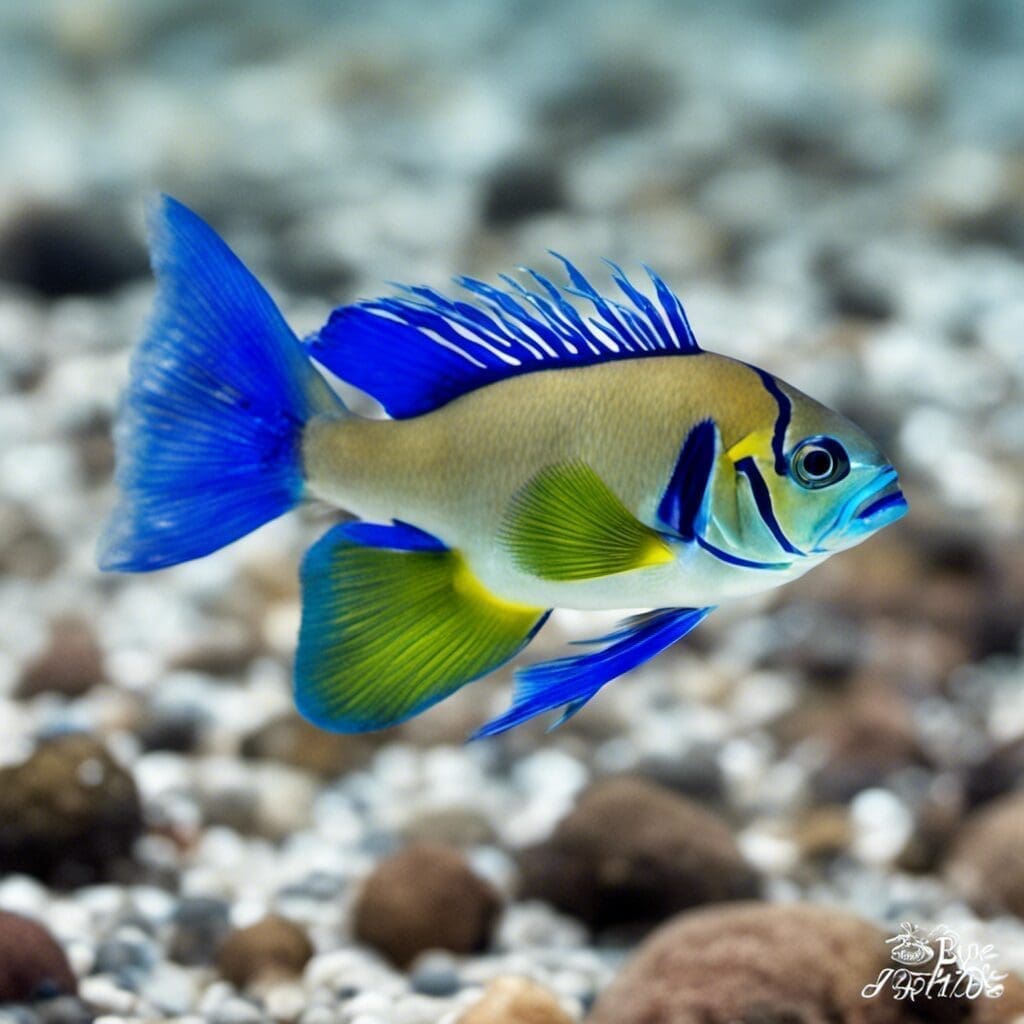Introduction
The Blue Runner (Caranx crysos) is a member of the Carangidae family, more commonly known as jacks and pompanos. This schooling fish is known for its speed and agility, as well as its brilliantly colored, iridescent blue-green top and silver-white underbelly.
Conservation Status
According to the International Union for Conservation of Nature (IUCN), the Blue Runner is currently labeled as “least concern.” This designation is due to the fish’s abundance and widespread distribution, although ongoing conservation efforts continue to monitor for any potential threats.
Statistics
| Statistic | Average | Range |
|---|---|---|
| Length | 35 cm | 20-60 cm |
| Weight | 1.3 kg | 0.5-2.3 kg |
| Lifespan | 10 years | N/A |
Other noted statistics include a rapid early growth, with Blue Runners reaching adulthood in 1 to 2 years.
Distribution
Blue Runners can be found in both the Atlantic and Pacific Oceans, ranging from Massachusetts to Brazil in the west Atlantic, and from Southern California to Chile in the eastern Pacific. Their migration patterns are generally dependent on food supply and temperature fluctuations.
Habitats
These fish prefer tropical to warm-temperate saltwater conditions, often inhabiting depths of up to 100 meters. However, they can adapt well to a range of temperature and salinity levels.
When and Where to See
Blue Runners are typically more active during the day. Their near-shore habits, combined with a fondness for warm, clear waters, make them a common sight around coral reefs, seagrass beds, and even offshore oil rigs.
Best Fishing Locations
Specific Locations
- Florida Keys, USA
- Baja California, Mexico
- Puerto Rico
- U.S. Virgin Islands
- Gulf of Mexico
- South Carolina, USA
- Cuba
- Brazil
- Belize
- Honduras
General Tips
Look for schooling Blue Runners around underwater structures like reefs, wrecks, and seagrass beds. Your chances increase in warmer, clear waters.
How to Catch
Preferred bait for Blue Runners includes small fish and shrimp, but they are also known to bite on a variety of artificial lures. Technique-wise, both trolling and bottom fishing are effective methods.
Identification Guide
Look out for streamlined, torpedo-shaped bodies with a deep, blue-green coloration on top fading to silver or white on the belly. Other distinguishing features include a yellowish stripe down the side and a slightly forked tail.
Culinary Uses
While not prioritized as a commercial species, Blue Runners are edible and often used as bait for larger game fish. It features a mild, slightly oily flavor and firm, white flesh.
Additional Information
Blue Runners are schooling predatory fish, known for their aggressive feeding habits. Their predators include larger fish such as billfish, sharks and dolphines. In regards to historical significance, they are often depicted in Cuban mural art due to their association with the sea and island life.
References and Further Reading
For more information on the Blue Runner, these resources are recommended.

